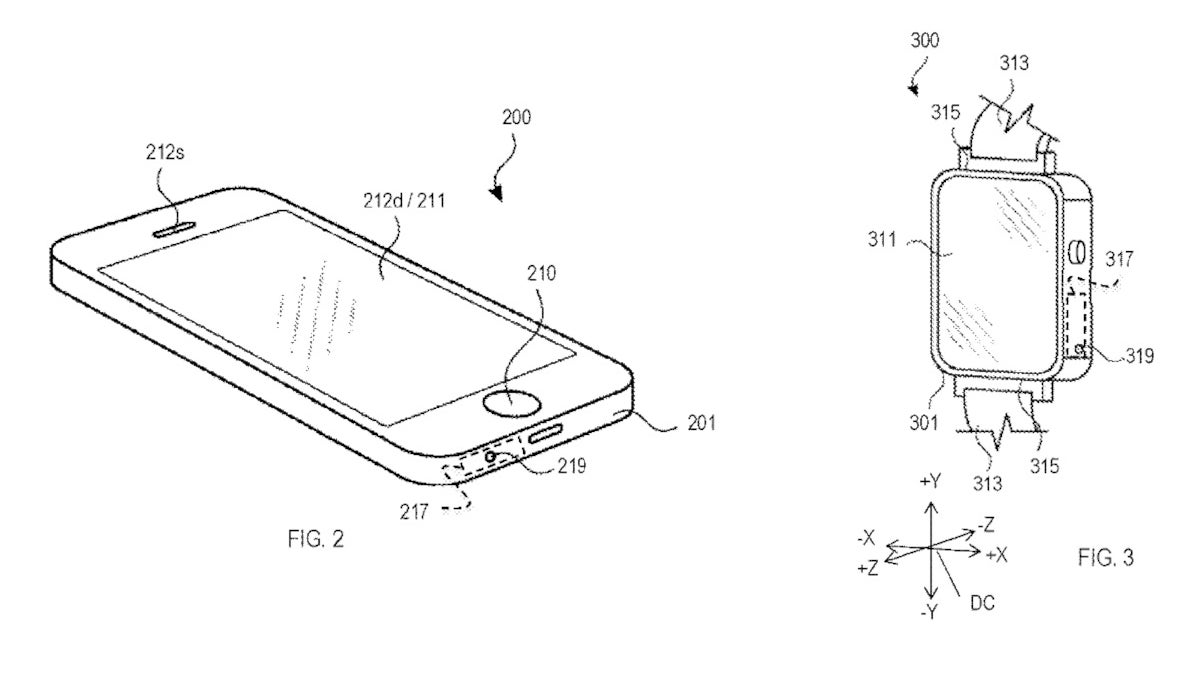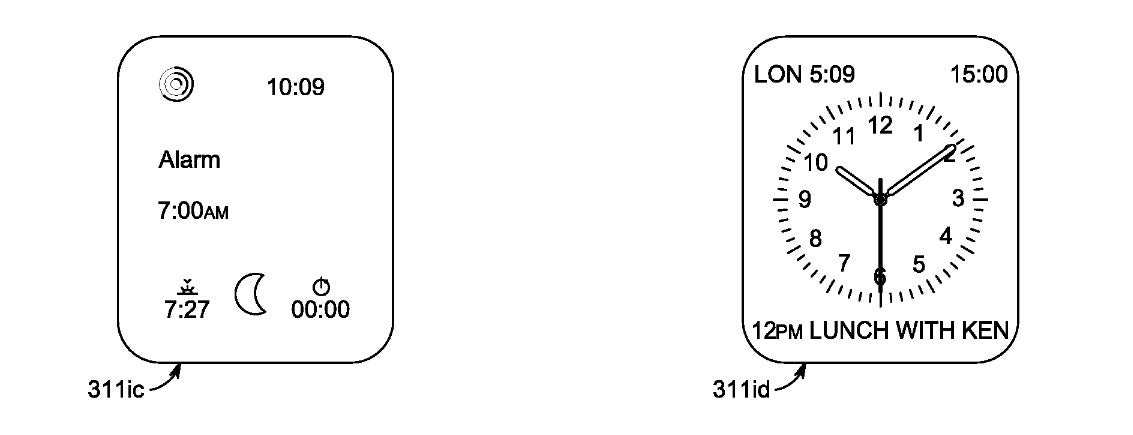Apple's new patent will allow you to blow on an iPhone or Apple Watch to control them

Those of you old enough to remember Rowan & Martin's Laugh-In, a variety show that ran on NBC from January 1968 to March 1973, might recall cast member Lilly Tomlin's catchphrase "Blow in my ear and I'll follow you anywhere." Soon, the Apple Watch or an iPhone might allow you to blow on it and have the action register as an input. A patent was awarded to Apple today called "Blow event detection and mode switching with an electronic device."
Apple receives a new patent that will allow Apple Watch and iPhone users to blow on the device and have it register as an input
The patent was awarded by the U.S. Patent and Trademark Office (USPTO) and in the documentation, Apple relates how a "blow detection assembly" would be used to detect when a user blows on his iPhone or Apple Watch. This would be done by having the blow detection assembly detect a change in pressure above a certain threshold. At the same time, a motion detector looks for movement made by the iPhone or Apple Watch under a certain threshold so that there is no response to a "false blow event."

Blowing on an Apple Watch could answer a phone call and wake up the wearable device
The pressure levels would be measured as the air from a blow moves into a cavity. Users would be able to blow on their devices to answer phone calls, awaken an Apple Watch or iPhone, and take care of other actions. While Apple Watch users can input their intentions via the touch screen, the Digital Crown, and Siri, blowing on the timepiece could add another way for Apple Watch users to navigate through the timepiece, and possibly the iPhone.
Why offer iPhone and Apple Watch users the ability to control their devices using the same process that they would use to blow out the candles on their birthday cake? Apple explains in the patent that "Portable electronic devices often require a first hand of a user to hold or wear the device and a second hand to physically interact with the device for providing user input commands for controlling the functionality of the electronic device. When a user is unable to directly physically interact with an electronic device for providing input commands, the user experience provided by the device is significantly reduced."
Considering the costs of purchasing an Apple Watch or an iPhone, no consumer wants the user experience of their device to be reduced because of their inability to interact with their watch or handset with their hands full. Imagine blowing on your Apple device to answer an incoming call or awaken a device easily using only the air coming out of your mouth.
The patent does not guarantee that we will see this new feature soon on an upcoming iPhone and Apple Watch
To confirm that a blow is coming from a device user and is meant as an input as opposed to an accidental burst of air from the environment, a time limitation feature could be added to the blow detection assembly. In addition, the patent recommends using more than just a single blow suggesting instead that patterns be employed such as the use of two or more different currents of air to differentiate between different inputs.
As Apple says in the patent, "in order for blow detection assembly 317 to be able to detect a blow event from user U, blow detection assembly 317 ought to be brought within a suitable distance of the user's mouth, for example, such that an air current created by air or any other gas expelled from the user's mouth may be able to pass through any suitable opening 319 or otherwise interact with device 300 in order to be detected by blow detection assembly 317."
The original filing date of the patent was March 30, 2020. Just because Apple has received a patent for this technology, that doesn't guarantee that we will see this feature in the Apple Watch Series 7 and the iPhone 13 series or any upcoming device.
Follow us on Google News










Things that are NOT allowed:
To help keep our community safe and free from spam, we apply temporary limits to newly created accounts: